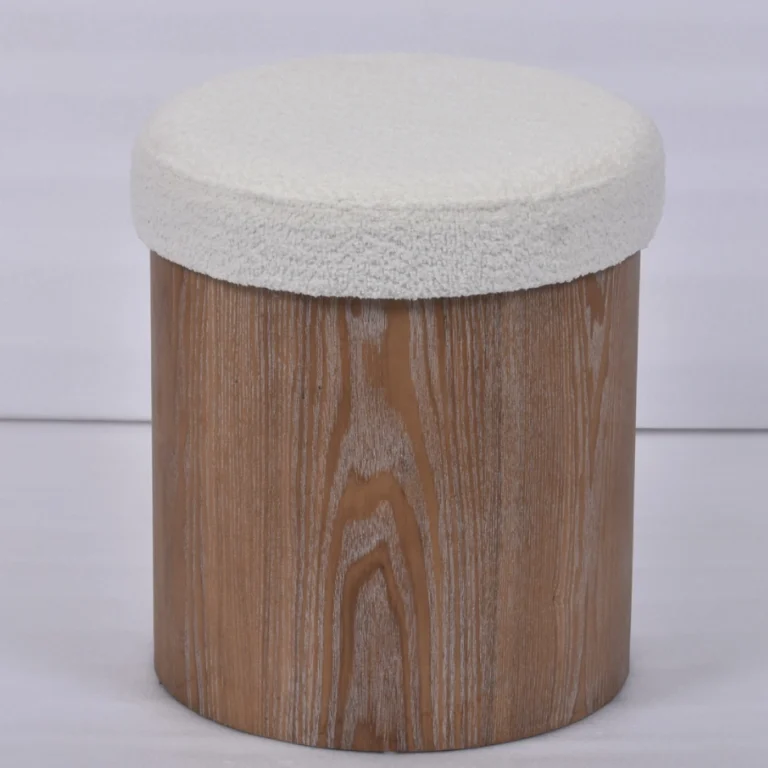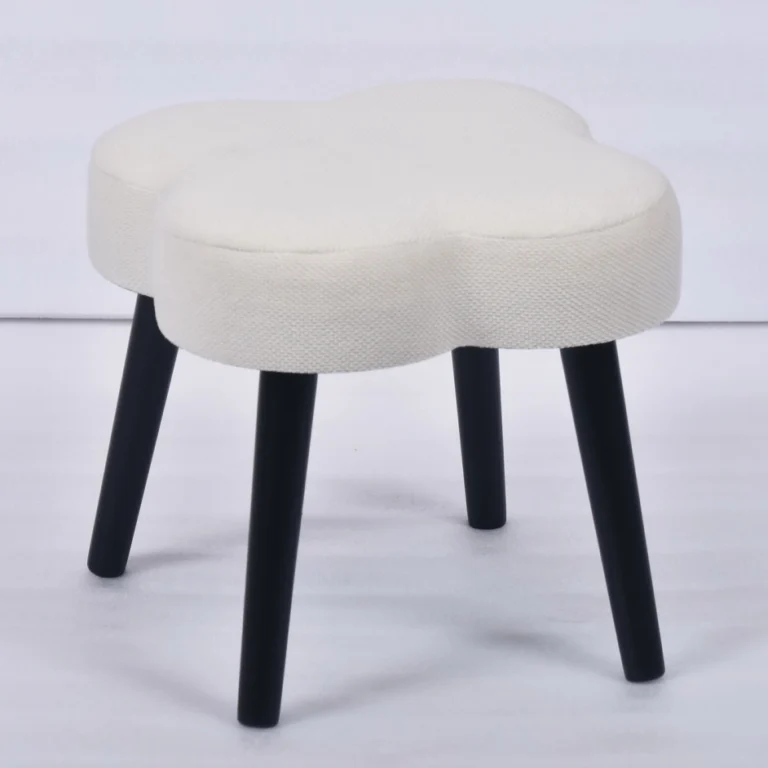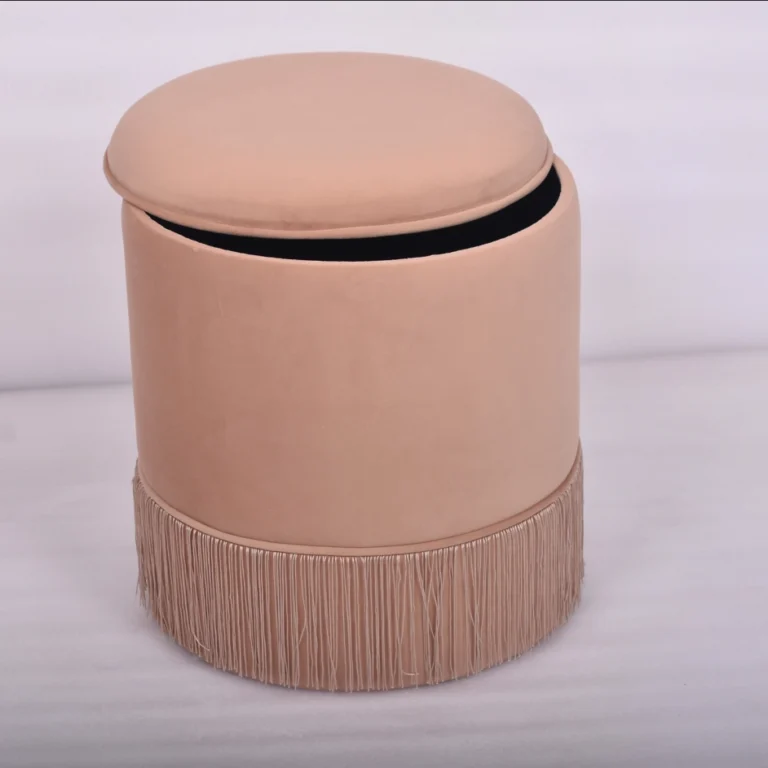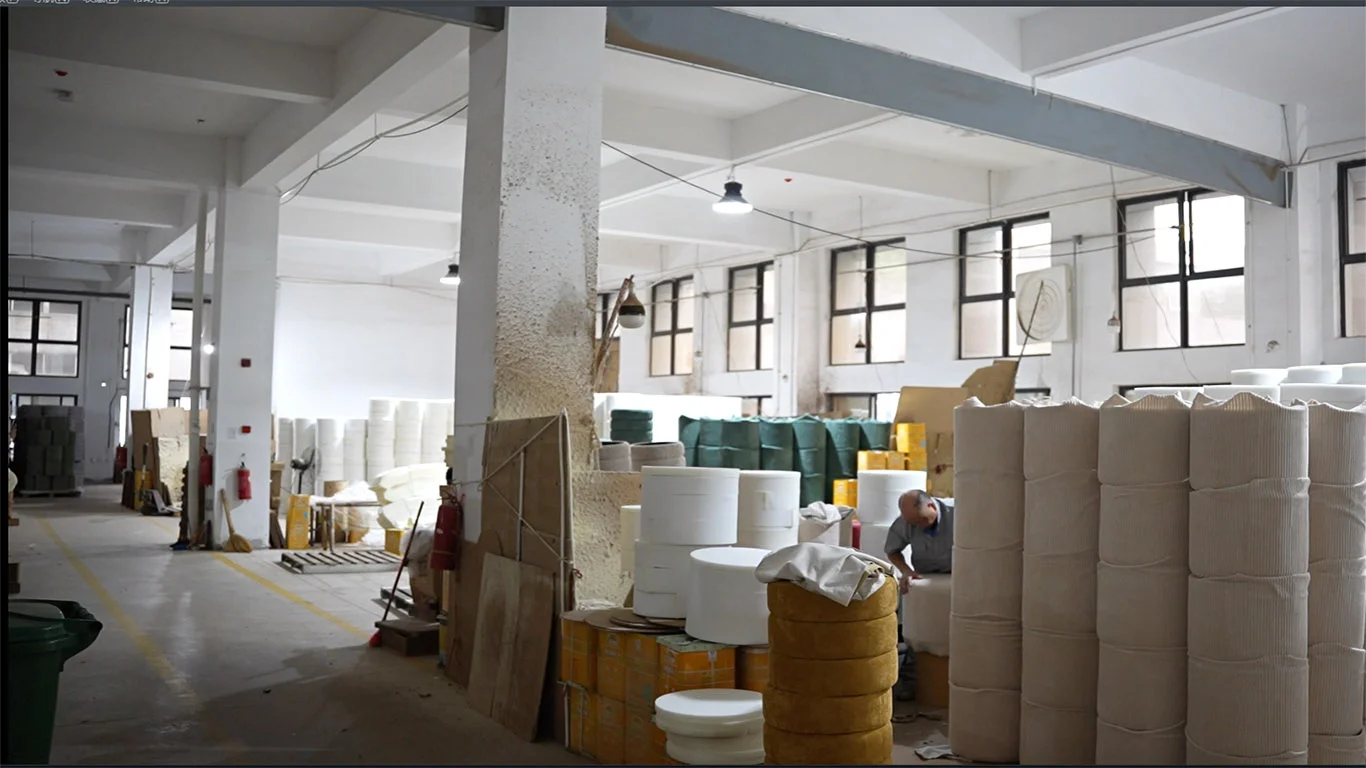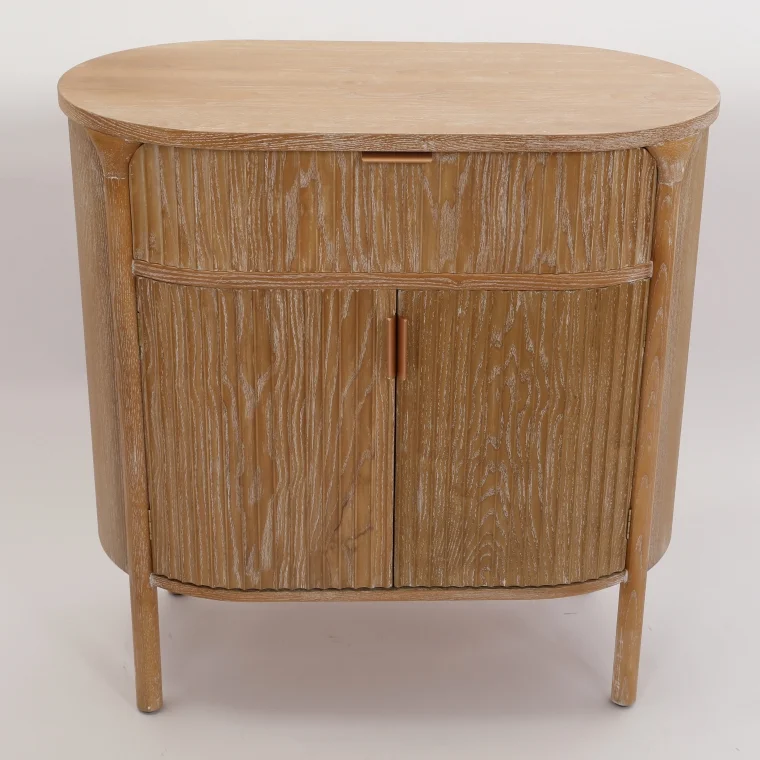Handcrafted Small Ottoman Cabinet
In the workshop of teruierfurniturer’s designers, a sketch draped in Arabic-patterned parchment is slowly unfurled. The silhouette of this small Ottoman cabinet resembles the morning mist over the Istanbul Strait, embodying both the majesty of gold-threaded embroidery on the Sultan’s throne and the curvaceous aesthetics brought to the Mediterranean by Venetian merchant ships. It is not merely a storage vessel but a microcosm of reconciliation between Eastern and Western civilizations in the context of everyday life.
Functional Analysis: The Pragmatism of Civilization
The geometric brass inlays on the cabinet’s surface replicate the crescent-star array pattern of the Hagia Sophia’s dome. The three hidden drawers employ the sliding mechanism of Ottoman document cases, their soft clicks echoing like whispers between parchment scrolls and sandalwood boxes in the Topkapi Palace library. The wavy cast-iron legs at the base subtly mirror the vine motifs along the edges of Persian carpets while seamlessly adapting to modern apartments with light oak flooring.
Spatial Narrative: A Fluid Miniature Empire
When placed by the floor-to-ceiling windows of a Soho loft in New York, its brass ornaments refract the gleam of Damascus steel blades in the morning light. Moved to a Left Bank study in Paris, the warm tones of its cherrywood body engage in a fascinating dialogue with Rococo gilded ornaments. The most ingenious design lies in the recessed groove atop the cabinet—once a spot reserved for displaying Quranic boxes by the Sultan, it now perfectly accommodates a smart home control panel, forging a covert pact between traditional sanctity and contemporary technology.
The artisans of teruierfurniturer infuse the philosophy of Ottoman miniature “infinite patterns” into the crafting process: each wooden joint must be precise to a 0.1-millimeter tolerance, mirroring the rigor of astronomers during the empire’s golden age calculating the rise of the new moon. The Anatolian wool fabric lining the interior is dyed using a six-century-old botanical technique, its indigo hue gradually transforming over time like the pigments in Turkish marbling art.
This small Ottoman cabinet is akin to a scaled-down imperial map, perpetuating its cross-civilizational dialogue in modern living spaces. As the user’s fingertips trace the raised decorative brass nails, they may brush against the metallic memory of 1453—when Ottoman engineers smelted metal beneath the walls of Constantinople to cast the cannon of Urban. teruierfurniturer reconstructs the dimension of time through furniture, turning every mundane gesture into a microscopic enactment of civilizational epic.
